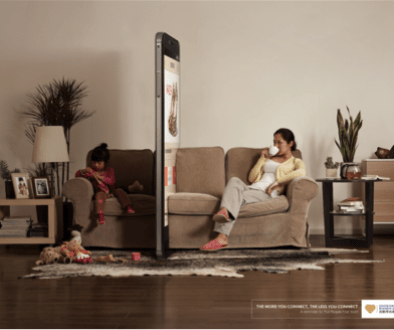Preparing Yourself and Your Child for Separation Anxiety

Parents play a critical role in helping their child make the separation adjustment. Separation anxiety is a normal reaction for children, and it can begin anywhere from 6 to 12 months and even peak during the second year of life. (You might be surprised if around 18-24 months your toddler starts to protest separations, but remember that this is normal and matches up with changes in their emotional and cognitive development!)
As your child becomes more alert and more securely attached, he also becomes more aware of when Mom or Dad leave! Although it is a sign of a healthy bond between you and your child, it can be extremely difficult to leave your child when he is crying.
Children will handle separation differently depending on several factors including their age, temperament, and the situation of the separation. The good news is that you can help ease the separation anxiety for your child, and this will subsequently ease the pain of separation for yourself.
Here are a few tips to help you and your child prepare for a separation:
- Remember it is often harder on you than it is for your child.
- Be aware of your own emotions. Your child will be looking to you for reassurance.
- Visit the new environment with your child or have the new babysitter visit will you are present. If you cannot visit, you can draw pictures, look at pictures online, and tell stories about the new place or person.
- Talk positively about the new experience so your child is excited about the new adventure!
- Avoid leaving without saying goodbye. This is so important, it is tempting to sneak out, but really should be avoided. Rather, try to engage your child in a fun activity, state that you have to leave, but you will be back soon.
Keep in mind that separation anxiety is a normal part of development and it will not last forever. New routines will take time for your child to settle into, but he will most likely settle down as he becomes more familiar with the new environment or caregivers.





